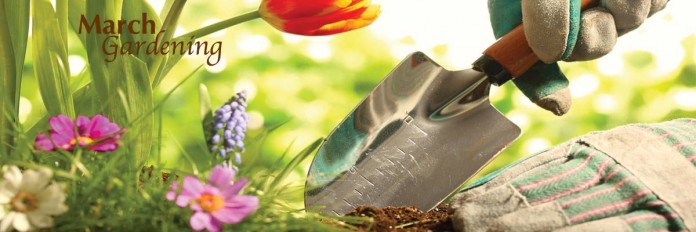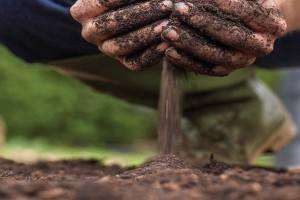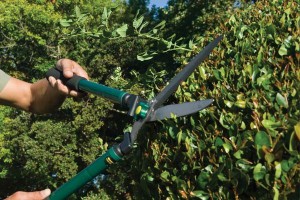In Northeast Ohio and much of the rest of the country, March came in like a lion. It’s hard to tell how the rest of the month will pan out. There’s gardening prep work to do, though, with seedlings needing started indoors, seed starting projects to complete and soil and plant preparation to complete as the first official day of spring approaches.
Planning
Make sure your plants will be placed in the right locations when it comes time to transplant or sow seeds directly into the ground. Consider the size of mature plants when you’re planting. The United States National Arboretum outlines the basic plant requirements to consider when planting, such as day length, light and water needs.
Related: February’s gardening to-do list
Take care of sprouting plants. Nights are still freezing, so to protect plants, cover beds with snow or mulch.
Stay off of your lawn when it’s frozen, when there isn’t snow covering it and when it’s very wet. Once the ground is warmer, clean up your yard. Remove debris such as leaves, sticks and garbage.
Planting
Depending on where you live, you can begin planting some vegetables outside, such as lettuce, onions, sugar snap peas, potatoes and other cool season vegetables, as long as the ground has thawed.
The All Things Plants Gardening Planting calendar offers planting suggestions. In much of northeast Ohio, the prime time for starting seeds is the first week of March.
When you plant your garden, keep these tips in mind:
- Don’t work with soil if its very wet or very dry.
- Plant on an overcast day, or early or late in the day.
- Prepare soil before you plant. Test your soil.
- Put plants in the ground as soon as possible so that the roots don’t dry out.
- Remove plants from their containers so that roots can grow properly.
- Water new plants well and infrequently when they are newly planted.
Pruning
Pruning a plant removes dead, diseased and broken branches that could affect its health. Pruning can also improve the size of flowers, fruit and foliage, but it can also restrict the size of a plant.
Penn State University Extension recommends pruning in late winter or early spring. There are three basic types of pruning: thinning out, gradual renewal and complete rejuvenation.
To thin out a plant, remove branches from the points of origin to create a more open plant. Renewal pruning involves gradually removing the oldest and tallest branches over the course of several years. For healthy overgrown shrubs, you can completely rejuvenate a plant by cutting all stems to one or two inches above the ground before spring growth begins. Complete rejuvenation normally results in excessive growth of stems from the base, so plants will need to be thinned out.
Use horticultural oils
Some gardeners use horticultural oil, also called dormant oil, to control overwintering insects that can damage plants. According to Colorado State University Extension, horticultural oils kill insects by suffocating them. Oils control a range of viruses spread by insects. They can, however, harm beneficial insects like predatory mites. The residue from horticultural oils doesn’t affect some beneficial insects like green lacewings and ladybugs, though.














